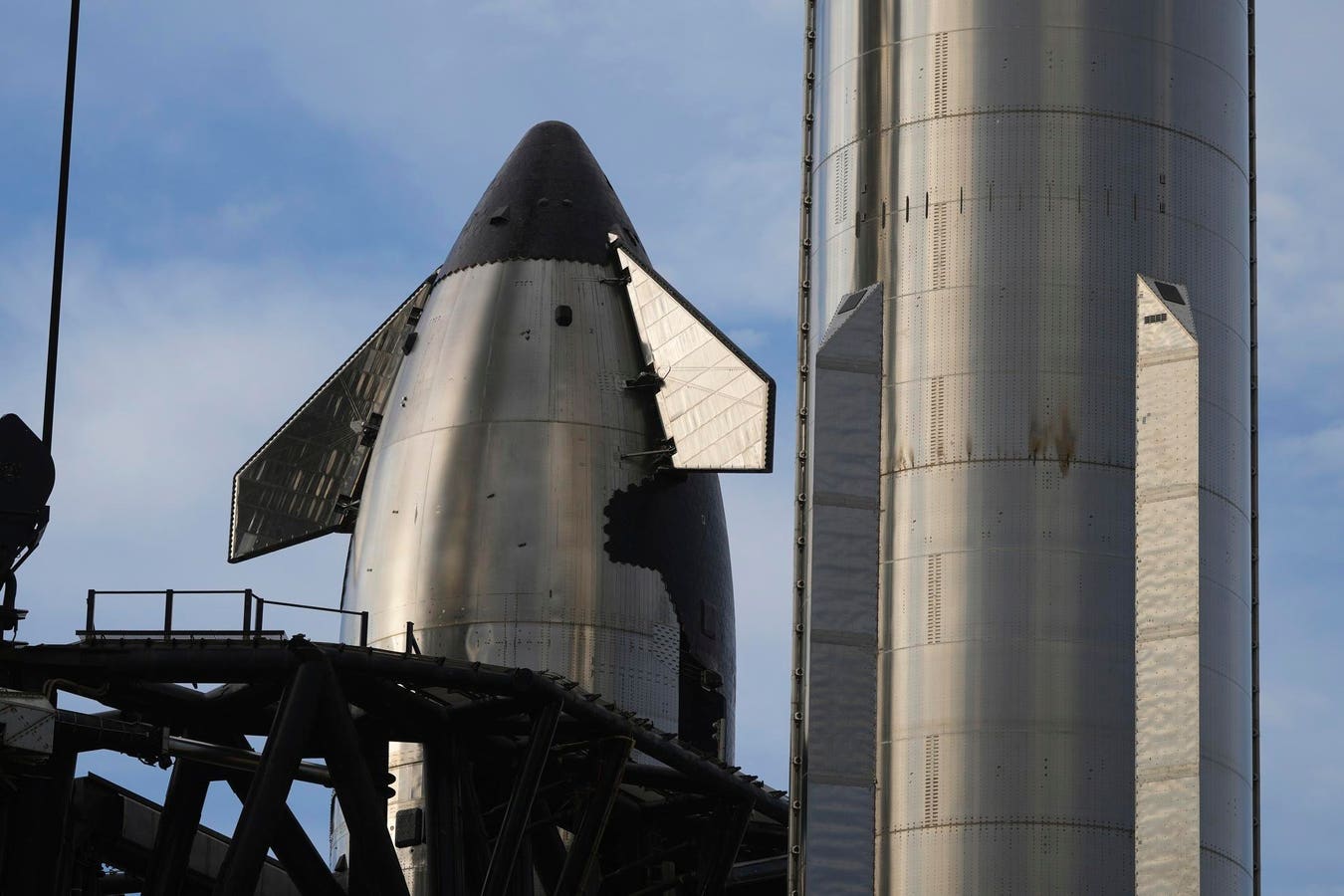The logo of Nippon Steel Corp. is seen at an office building where the company’s head office in … More
Supply chain managers have always had to deal with disruptions. But the number and magnitude of the disruptions have never been larger. The dramatic swings that have occurred in the steel industry provide a good example of this. Steel is a significant input to critical sectors of the U.S. economy, including building construction, vehicle manufacturing, and oil and gas extraction.
Trump Tariffs Round One
President Trump promised a bright future for the struggling U.S. steel industry when he ran for office in 2016. The promise of new jobs in states like Michigan and Pennsylvania probably helped him win the presidency.
Four years later, Great Lakes Works — one of Michigan’s largest steel plants — shut down. A year before that, U.S. Steel called off a plan to invest $600 million in upgrades amidst slowing market demand.
Trump’s strategy centered on protecting American steel makers from foreign competition with a 25 percent tariff. That tariff was imposed in March 2018. But higher steel prices – prices of steel increased 85.3 percent from February 2020 to May 2023 – dented demand from the U.S. auto industry and other steel buyers.
The Steel Industry and COVID
The Bureau of Labor Statistics published an analysis of how steel prices were affected by COVID-19. The article looked at the impact of these disruptions by analyzing the changes in steel prices from the beginning of the pandemic in March 2020 through May 2023, when the emergency was declared over. The Producer Price Index for steel mill products tracks the price changes of domestically produced steel, such as hot- and cold-rolled steel, steel wire, and steel pipe and tube.
The COVID-19 pandemic began in March 2020. The ensuing lockdowns dramatically affected steel-intensive industries. The automobile industry, for example, uses almost 2000 pounds of steel in an average vehicle. Several auto manufacturers halted production. Unsurprisingly, this led to lower demand for steel and led to steel mill and blast furnace closures. Steel imports fell by 35.5 percent in the second quarter of 2020. India cut steel production by 70 percent amid a 21-day production shutdown.
During the initial phase of the pandemic, domestic steel production fell by 16.9%. Large producers lost tens of millions of dollars in the second quarter of 2020. During this phase, prices for steel mill products declined 5.9 percent.
But the world economy gradually reopened. World GDP increased dramatically, 13.4% in 2021, while the U.S. had a jump in GDP of 5.7%.
As economic activity increased, steel demand rose quickly based on rebounds in the construction, oil and gas, and automobile industries. This resurgent demand, coupled with the lack of supply, led to dramatic increases in prices. The index for steel mill products rose 153.2%. The index advanced for 16 months consecutively from August 2020 to December 2021.
The Semiconductor Shortage
With steel prices rising, steel producers belatedly moved to increase production. However, beginning in 2022, a new supply chain shock occurred – the shortage of semiconductors. Supplies of semiconductors dwindled due to lockdown procedures and the tremendous growth in demand for chips used in gaming as stay-at-home employees and students looked for new entertainment options. The dramatic increase in web hosting was also a factor. Other contributors were the highly concentrated nature of the chip industry, the fact that building new semiconductor plants is incredibly expensive and time-consuming, and the long lead times to receive chips.
Automakers, consumer and commercial electronics, household appliances, and medical devices were all forced to cut back production. Steel demand shrank because of the inability of manufacturers to produce products without these critical inputs. The combination of increased steel production and lower steel demand left steel makers with warehouses filled with unsold goods. Inventory accumulation occurred both in the United States and across the globe. Steel inventories in China hit a 13-month high in April 2022.
Semiconductor supply eventually recovered. The recovery was aided by clever mitigation measures, such as shipping autos without semiconductors for certain optional vehicle features, and rewriting code so that chips in less demand, particularly semiconductors with less memory, could be used for other features.
Russia Invades Ukraine
Then, in February 2022, Russia started a war by invading Ukraine. The combined steel output of Russia and Ukraine was equivalent to that of the third-largest steel supplier in the world. Russian attacks destroyed steel production facilities in eastern Ukraine, while Russian blockades hampered exports from other regions of Ukraine.
Meanwhile, Russian supply was affected as the European Union and the United States sought to punish Russia with sanctions and import bans. Russian steel was rerouted to Asian markets but became largely unavailable in the West. These semiconductor and regional disruptions led to steel price increases of 13.5% from March to May 2022.
Rare Earth Bans
Now, the auto industry is experiencing new pressure that will have downstream effects on the steel industry. This is based on the trade tensions between China and the U.S. While the U.S. has recently agreed to lower President Trump’s “reciprocal tariffs” on China from 125% to 10%, it is not yet clear to what extent rare earth minerals will be accessible to U.S. automotive companies.
As early as December 1st, China had announced plans to restrict graphite exports that can be sent to the US. Graphite is a critical input in EV batteries used in electric vehicles. 80% of the world’s graphite is mined in China.
Further, in a move that affected all US auto manufacturers, China had banned the exports of three key rare minerals — gallium, germanium, and antimony – used to make semiconductors.
Nippon Steel to Acquire U.S. Steel
The latest news is that President Trump approved a deal for Nippon Steel to buy U.S. Steel. In January, then-President Biden had blocked the deal, citing national security concerns and worries about how it would affect the unionized workforce.
U.S. Steel has grossly underinvested in upgrading its manufacturing assets. Theoretically, this deal could lead to greater output and better delivery capabilities. However, consolidation can also increase supply chain fragility because oligopolies, which have been allowed to operate through lax antitrust enforcement, can be incredibly harmful. Recent books, Barons: Money, Power, and the Corruption of America’s Food Industry and The Everything War: Amazon’s Ruthless Quest to Own the World and Remake Corporate Power, provide the latest examples of this argument.
During COVID, top executives understood the need for their companies to become more resilient and agile. That focus is receding. But no matter what industry a company is in, if you look at the roller coaster ride the steel industry has been on, the way companies in one industry are interconnected to others in surprising ways, and the array of things that can disrupt an industry, that lack of focus on supply chain resilience is short-sighted.








